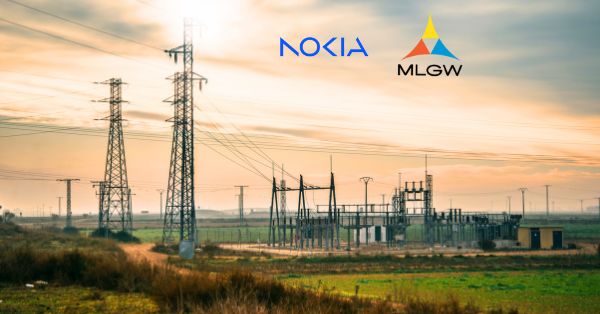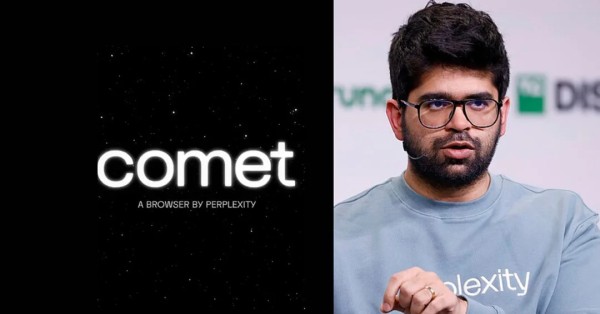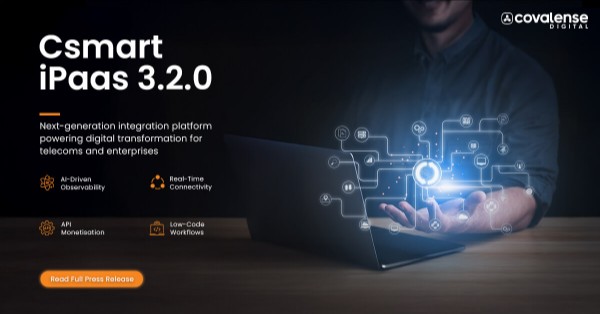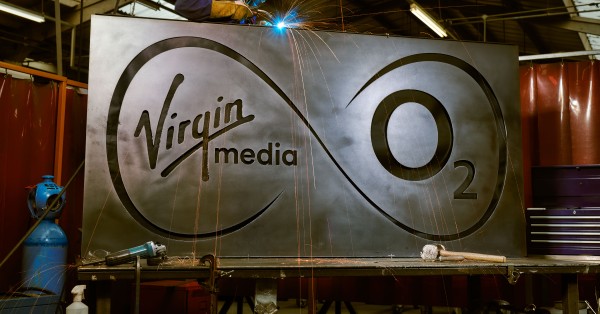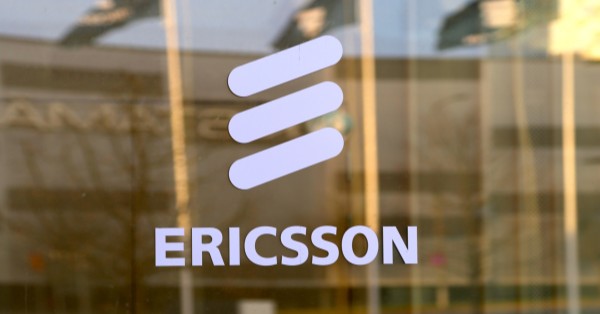MLGW & Nokia Launch Private 5G Network for Utilities
In a landmark move, Memphis Light, Gas, and Water (MLGW) has teamed up with Nokia to launch the first full-scale, standalone private 5G network by a municipal utility in the United States. The initiative supports MLGW’s broader infrastructure renewal efforts and aligns with a growing trend of digital transformation within the utility sector. As smart grid technologies, automation, and environmental pressures intensify, reliable connectivity has become a strategic asset, not just a technical necessity.
This deployment covers Memphis and Shelby County, reaching over 420,000 customers. The network will modernize how MLGW delivers electric, gas, and water services, transforming communication, improving response times, and preparing the region for the demands of future energy ecosystems.
Utility Communication Challenges in the Digital Age
MLGW operates in a complex environment where reliability, safety, and efficiency are paramount. The utility must monitor thousands of devices across vast service areas while contending with:
- Aging communication systems that lack bandwidth and reliability
- Increased exposure to cyber threats, especially as more devices come online
- Growing demand for data-driven operations, including real-time analytics
- Resilience expectations during natural disasters, severe weather, or high-demand periods
- Pressure to support sustainability goals and integrate clean energy technologies
Legacy infrastructure simply cannot keep up with modern utility requirements. The absence of a dedicated, high-capacity network made it difficult for MLGW to manage assets in real-time, detect faults early, or implement remote control capabilities effectively.
How Private 5G Solves Utility Infrastructure Gaps
The solution? A dedicated, standalone private 5G network designed specifically for utility-grade communications.
Nokia’s end-to-end deployment includes:
- AirScale Radio Access Network (RAN): Providing robust wireless connectivity across MLGW’s footprint.
- 5G Core Enterprise Solution: Delivering ultra-reliable low-latency communication (URLLC) for mission-critical applications.
- Microwave backhaul and cell tower infrastructure: Ensuring rapid data transmission and redundancy.
- Cybersecurity via NetGuard: Offering real-time threat detection, privileged access control, and intrusion prevention.
Unlike public mobile networks, this private wireless infrastructure ensures guaranteed bandwidth, ultra-low latency, and complete data control. This is vital for controlling grid operations, especially when responding to emergencies or integrating IoT devices like smart meters and remote sensors.
Proof Behind MLGW’s 5G Deployment Strategy
MLGW’s private 5G project isn’t just significant—it’s precedent-setting. With an estimated value of $31 million, it’s the first municipal utility in the U.S. to implement a full-scale standalone 5G network, placing it ahead of the curve.
Supporting evidence includes:
- Coverage: The rollout will span all of Shelby County, with Phase 1 targeting 93% coverage.
- Spectrum: The network uses Band n71 (600 MHz), ideal for wide-area critical communications in urban and rural zones. MLGW secured the spectrum from Bluewater Wireless for $27 million, ensuring long-term control.
- Application scope: Real-time grid monitoring, automated meter infrastructure, field crew communications, and even video surveillance can all run on the same platform—securely and independently of public networks.
Why 5G SA Is the Future of Utility Communications
Why choose 5G for utility operations?
Utilities have long relied on narrowband networks like GSM-R and TETRA. But those systems fall short in the face of today’s performance requirements. By deploying a standalone 5G SA (StandAlone) network, MLGW benefits from:
- Reliable low-latency communications, even in sub-1 GHz spectrum
- High device density support to manage thousands of connected sensors
- Network slicing, enabling dedicated virtual lanes for critical applications
- Edge Computing integration for faster local decision-making
- Future readiness for services like electric vehicle charging, grid-scale battery systems, and DER (Distributed Energy Resources)
These features make 5G ideal for enabling next-gen utility applications—and far more scalable than older LTE or proprietary mesh systems.
Key Benefits of MLGW’s Private 5G Network
With Nokia’s private 5G network in place, MLGW will unlock a variety of tangible benefits:
- Faster outage detection and restoration, thanks to real-time grid visibility
- Automated fault isolation and self-healing mechanisms
- Efficient resource allocation during peak demand events
- Support for predictive maintenance through analytics-driven insights
- Improved crew safety and coordination via video feeds and wearable tech
- Integration with new technologies such as EV charging stations, solar inverters, and home energy management systems
The network also acts as a digital backbone for future services, from connected street lighting to smart water leak detection, enabling a brilliant city experience.
Industry Impact: How MLGW Is Setting the Utility 5G Standard
This deployment could reshape how municipal utilities across the U.S. approach digital infrastructure. It exemplifies the broader industry pivot toward utility-focused network automation, edge intelligence, and secure data transport.
Other utilities are watching closely:
- Southern California Edison (SCE) has deployed a private LTE network with FWA and CBRS for grid modernization and DER integration.
- Xcel Energy is using private LTE to support clean energy efforts and cross-state reliability.
- Ericsson recently partnered with the Lower Colorado River Authority for private wireless deployments across 68 counties in Texas.
Together, these moves show how private wireless is becoming the connective tissue of the modern grid.
MLGW’s Long-Term Grid Modernization Vision
As the project owner, MLGW is investing not just in infrastructure, but in Memphis’ future. Its R²I (Renewal/Replacement of Infrastructure) and Grid Modernization Initiative are long-term strategies to:
- Replace legacy equipment
- Strengthen resilience against cyber and climate threats
- Empower communities with reliable, affordable energy
- Stimulate economic development by attracting tech-forward businesses
Under the leadership of Doug McGowen, MLGW is demonstrating how a public utility can lead in innovation while remaining rooted in service equity and operational transparency.
Nokia’s Role in Powering Utility-Grade 5G Networks
Nokia brings extensive global experience, having deployed over 200 private wireless networks in the utility sector. For MLGW, Nokia is not just a vendor—it’s a transformation partner, delivering:
- Engineering and deployment expertise
- Long-term managed services
- Deep integration of cybersecurity and automation capabilities
- A roadmap for continuous evolution through software-defined upgrades
With Nokia, MLGW can stay aligned with future 3GPP releases and evolving grid requirements without overhauling hardware.
Deployment Timeline and Key Milestones for MLGW’s 5G Rollout
As of July 2025:
- Phase 1 deployment is underway, with network components being installed across Shelby County.
- Core network functions and pilot use cases—such as automated fault reporting—are already being tested.
- Phase 2 will extend into 2026–2027, focusing on high-availability architecture, broader field connectivity, and smart grid integration.
| Milestone | Expected Completion |
|---|---|
| Spectrum Acquisition | Completed (2025 Q2) |
| Phase 1 Network Coverage (93%) | 2025 Q4 |
| Initial Grid Integration | Early 2026 |
| Phase 2 Network Enhancements | 2026–2027 |
| Support for Advanced Applications | 2027 and Beyond |
This staged approach ensures a stable rollout with measurable gains at each phase.
What MLGW and Nokia Leaders Say About the 5G Project
Doug McGowen, President and CEO of MLGW: “The 5G Network Deployment is a foundational aspect of MLGW’s Grid Modernization Initiative. We will be able to meet the requirements for a modern electric grid. We will have fast and reliable communication for grid devices; increased reliability during storms or cyber events that will help us restore power even faster after outages. This enables more automation and smart control operations and supports future technology like electric vehicles and battery storage.”
Jeff Pittman, Head of North America Enterprise, Mobile Networks, Nokia: “This collaboration marks a major milestone in advancing MLGW’s power grid modernization and their commitment to building a smarter, more resilient, and future-ready utility infrastructure for the community. It also underscores Nokia’s leadership in delivering end-to-end private wireless networks that empower utilities to accelerate their digital transformation and enhance service reliability for their customers.”
Final Word: Why MLGW’s 5G Network Is a Model for the Nation
MLGW’s private 5G deployment is more than a technology upgrade—it’s a strategic infrastructure shift that aligns connectivity with the evolving needs of utility operations. In partnership with Nokia, MLGW is transforming how power, gas, and water services are delivered in one of America’s most vibrant communities.
As more utilities seek to modernize their operations, Memphis is leading by example, demonstrating that private 5G networks can deliver reliability, automation, and future-readiness simultaneously.



